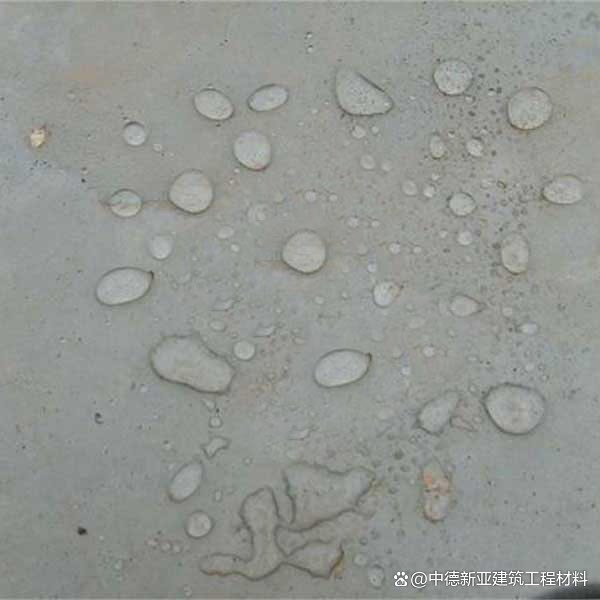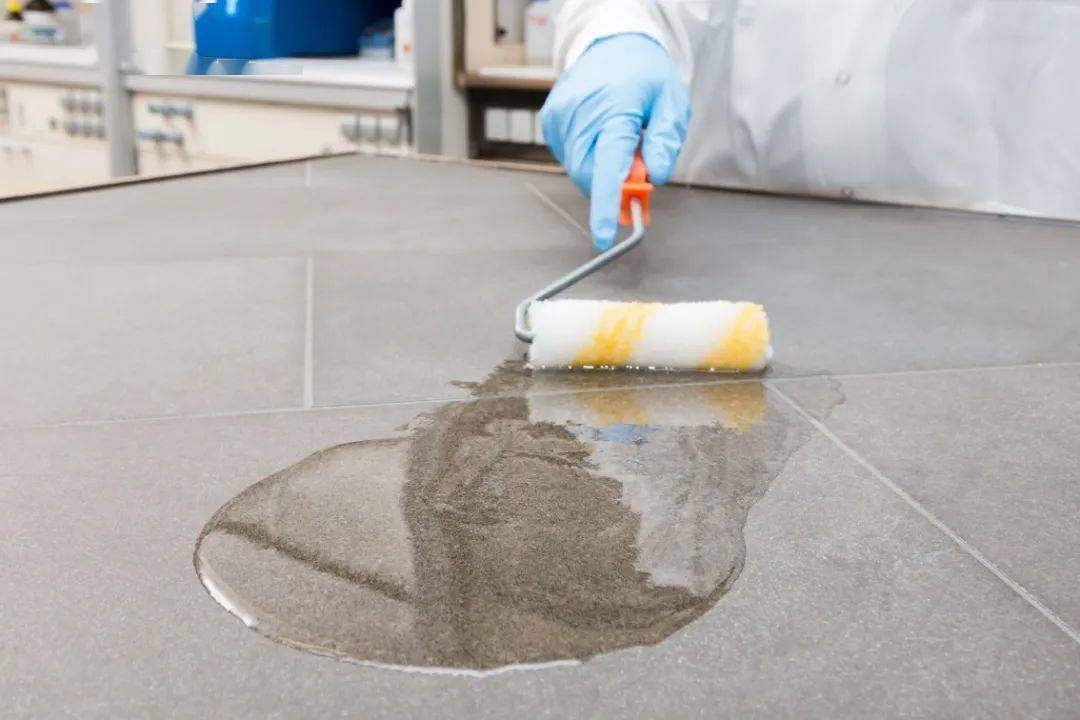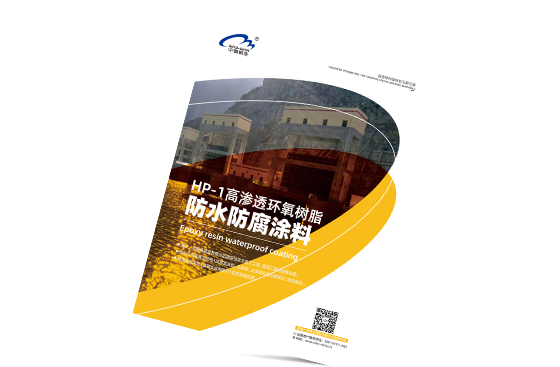Use of Isobutyltriethoxysilane in Nuclear Power Plants in China
Release Time:
2024-10-10 15:05
China’s nuclear power industry is rapidly advancing, but it faces challenges in concrete applications related to durability and structural integrity, where the use of Isobutyltriethoxysilane shows promise for enhancing performance.
Better Concrete Durability
What It Is: In nuclear power plants in China, concrete faces tough conditions, such as high humidity and exposure to chemicals.
How It Helps: Isobutyltriethoxysilane is applied to concrete surfaces to create a water-resistant layer deeply, making the concrete last longer and protecting it from damage.
Improved Water Resistance
What It Is: Concrete in underground areas needs to be very water-resistant to avoid leaks from groundwater.
How It Helps: Isobutyltriethoxysilane seeps into the concrete, forming a barrier that keeps water out and prevents leaks.
Less Need for Maintenance:
What It Is: Reducing maintenance’s cost is important because it saves money and time.
How It Helps: By using Isobutyltriethoxysilane, the concrete develops fewer cracks and less corrosion, which means it needs less repair and lasts longer.
Resistance to Chemicals
What It Is: Concrete must hold up against various harmful chemicals, like salts and acids.
How It Helps: Isobutyltriethoxysilane boosts the concrete’s ability to resist these chemicals, making it more stable in tough conditions.
Application Process:
Isobutyltriethoxysilane is applied after the concrete is set, using easy methods like spraying or brushing. It adds an extra protective layer without complicating the construction process.
Project
Sanmen Nuclear Power Plant: Isobutyltriethoxysilane is used to treat the concrete in underground trenches to enhance its water resistance and durability.



https://www.wcrete.com/Function-material/Concrete-surface-treament/Silane-impregnating-agent.html
Latest News
High-Performance Cement Additive Redefines Green Construction Materials with Unmatched Strength and Sustainability
Effortless Strength: The Advantages of Carbon Fiber Wrap for Concrete Applications Table of Contents 1. Introduction to Carbon Fiber Wrap 2. What is Carbon Fiber Wrap? 3. Benefits of Carbon Fiber Wrap for Concrete 3.1 Enhanced Durability 3.2 Lightweight Properties 3.3 Flexibility and Versatility 3.4 Cost-Effectiveness
Concrete is a widely used building material known for its durability and strength. However, over time, environmental factors, heavy loads, and general wear can lead to the deterioration of concrete surfaces. Effective concrete repair is crucial for maintaining structural integrity and extending the lifespan of concrete installations. This guide explores essential methods and considerations for pro
Elevating Aesthetics with UHPC Facade Solutions: Transforming Architectural Design Table of Contents 1. Introduction to UHPC Facade Solutions 2. What is Ultra-High Performance Concrete? 3. The Advantages of Using UHPC for Facades 3.1 Exceptional Durability and Longevity 3.2 Aesthetic Versatility and Design Freedom 3.3 Sustainability and Environmental Benefits 4. Applications of UHPC in Modern Arch
Carbon fiber wrap is an advanced material that has gained traction in various industries, including construction and decorative design. Its unique properties make it an ideal choice for applications where strength, lightweight characteristics, and aesthetic appeal are paramount. In this article, we will explore the benefits, uses, and considerations of carbon fiber wrap, particularly within the co
Product Documentation
If you do not have a comprehensive understanding of our products, we have uploaded relevant technical documents for you to download and reference so that you can better understand our product usage and technical parameters
View More

Online Message











